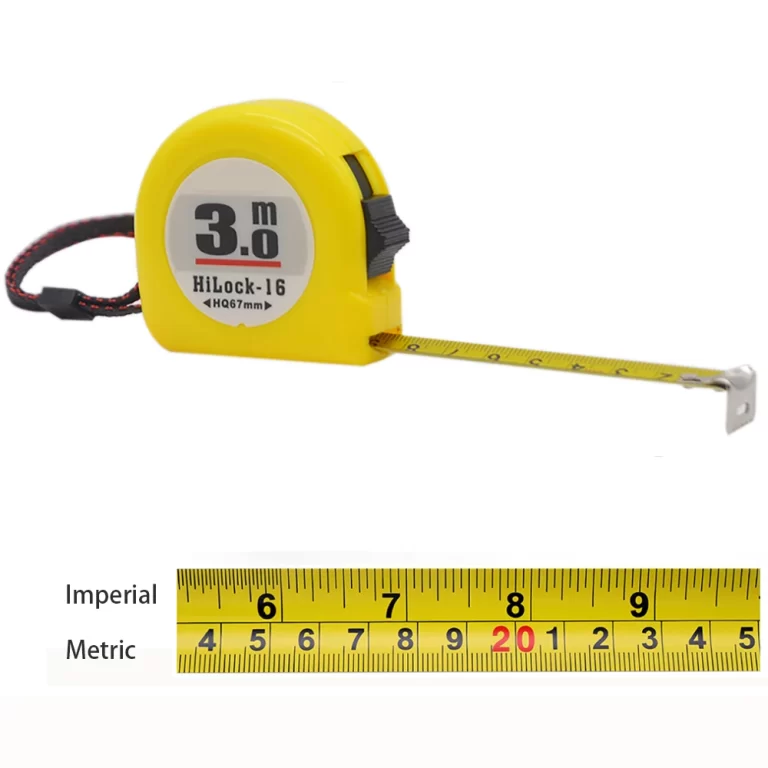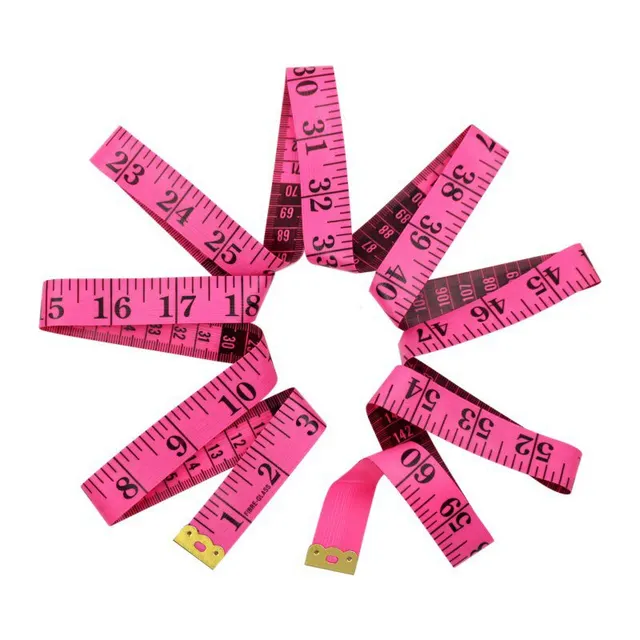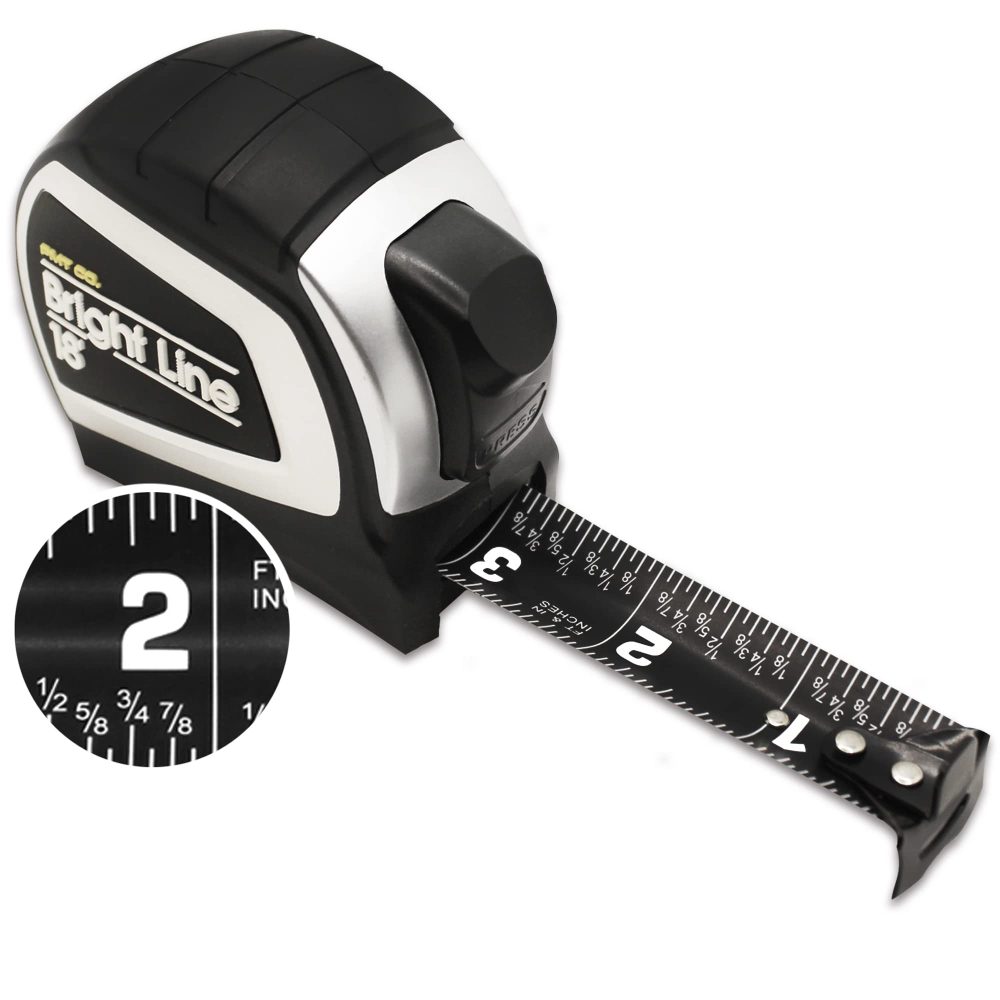
7/16 on a Tape Measure: A Guide for Accurate Measurements
Precision in measurement is the cornerstone of successful projects, whether you’re a seasoned professional or a DIY enthusiast. Understanding specific measurements, such as the 7/16 on a tape measure, can significantly enhance the accuracy and outcome of your work. This comprehensive guide delves into the importance of the 7/16 mark on a tape measure, how to effectively use it, and the various applications where this specific measurement plays a crucial role. By mastering the 7/16 on a tape measure, you’ll elevate your measuring skills and ensure your projects meet the highest standards of precision.
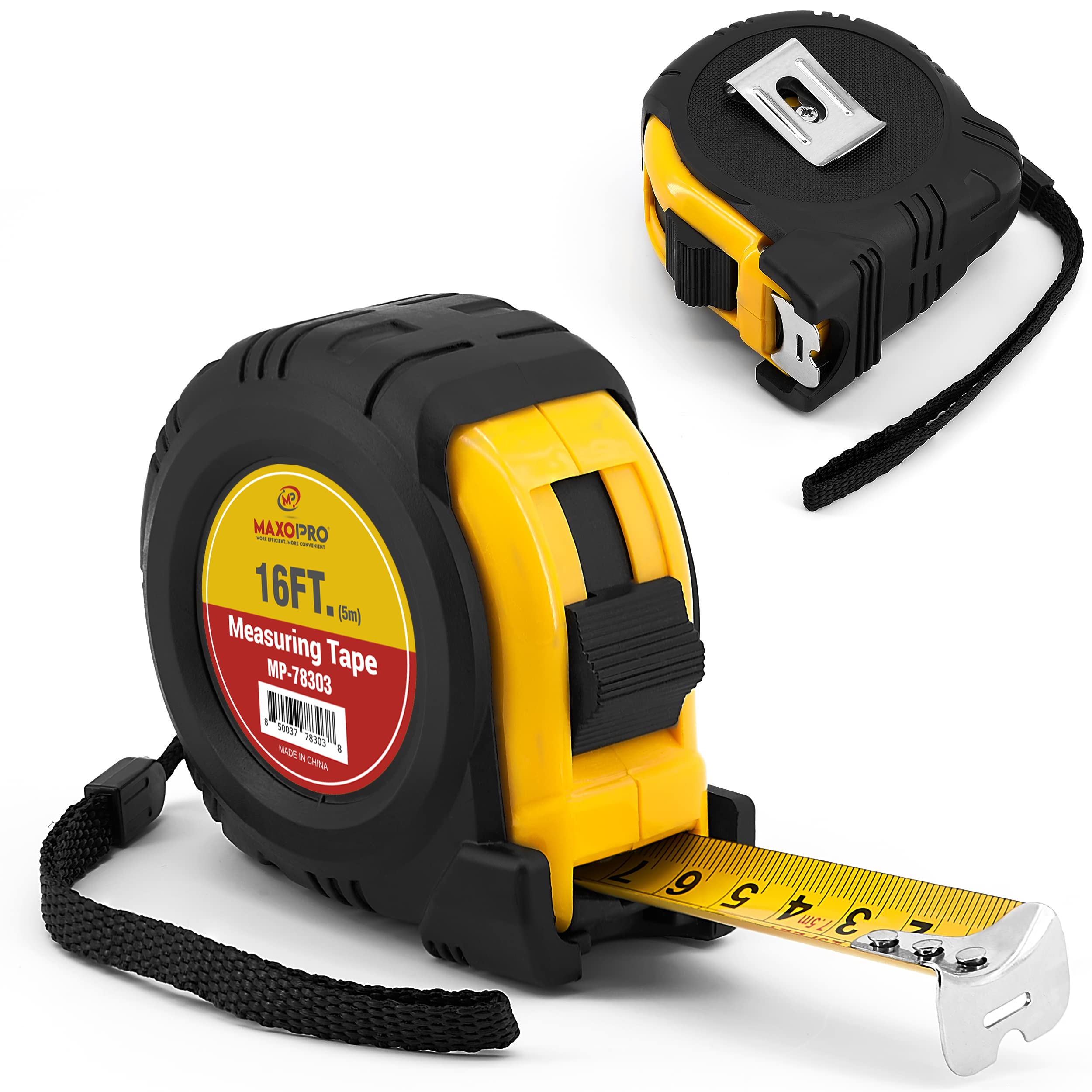 What Does 7/16 on a Tape Measure Represent?
What Does 7/16 on a Tape Measure Represent?
The tape measure is an indispensable tool in various fields, including construction, woodworking, sewing, and DIY projects. Among its numerous markings, the 7/16 on a tape measure stands out as a specific fractional inch measurement that often plays a pivotal role in precise tasks.
Understanding Fractional Measurements
Tape measures typically feature both imperial and metric measurements, with the imperial side divided into inches. Each inch is further segmented into fractions, such as 1/16, 1/8, 3/16, and so forth. The 7/16 mark indicates seven-sixteenths of an inch, a fraction that provides a finer level of detail than simpler fractions like 1/4 or 1/2.
Importance in Precision Work
In projects requiring high precision, even small discrepancies can lead to significant issues. The 7/16 mark allows for more accurate measurements, ensuring that components fit together seamlessly. For instance, when working with hardware like bolts, screws, or dowels, knowing the exact measurement in sixteenths of an inch can make the difference between success and failure.
Common Applications
The 7/16 measurement finds its application across various domains. Here’s how different industries utilize this specific fraction for optimal results.
Woodworking and Carpentry
In woodworking, precise measurements are fundamental. The 7/16 on a tape measure is often used when cutting joints, measuring screw placements, or determining the thickness of materials. For example, when creating a dovetail joint, the 7/16 mark can help ensure that each piece fits together perfectly without gaps or overlaps.
Construction and Building
Builders frequently encounter the need for accurate measurements to maintain structural integrity. The 7/16 inch is commonly used in framing, where exact spacing is crucial for the stability of walls and floors. Additionally, it aids in the installation of fixtures and fittings, ensuring that everything is aligned correctly and securely fastened.
Sewing and Tailoring
While sewing typically relies on larger measurements, precision is still essential for detailed work. The 7/16 inch measurement can be useful when crafting patterns, hemming garments, or adding embellishments. Accurate measurements ensure that clothing fits perfectly and that patterns align correctly.
DIY Projects and Home Improvement
For DIY enthusiasts, the 7/16 mark can enhance the quality of home improvement projects. Whether hanging shelves, installing curtain rods, or building furniture, knowing this specific measurement helps in achieving professional-looking results. It allows for precise alignment and spacing, reducing the need for adjustments and rework.
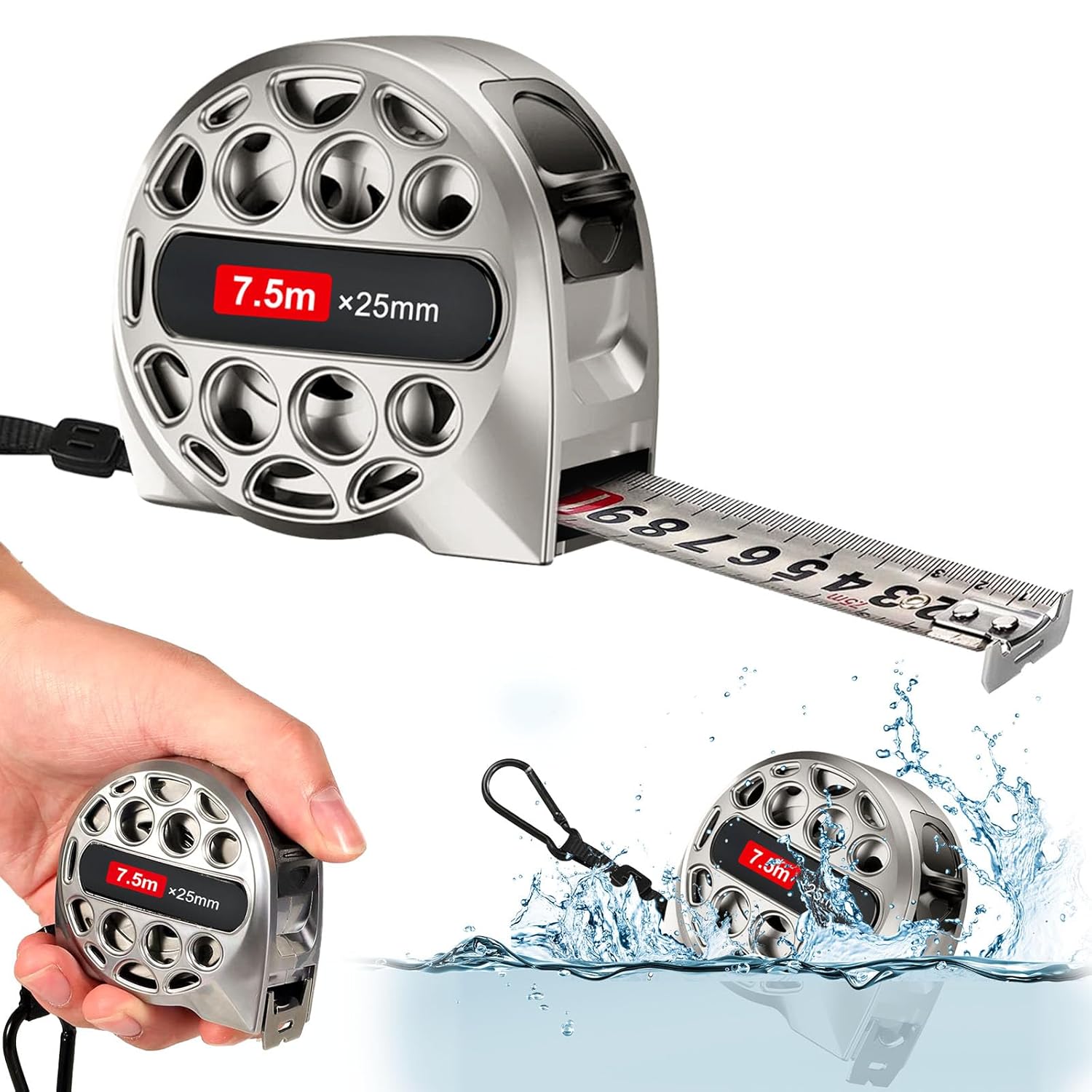 How to Effectively Use a Tape Measure
How to Effectively Use a Tape Measure
Mastering the use of the 7/16 on a tape measure involves understanding its placement, how to read it accurately, and integrating it into your measuring routine.
Locating the 7/16 Mark
On most standard tape measures, each inch is divided into 16 equal parts, with each mark representing one-sixteenth of an inch. To find the 7/16 mark, count seven small lines past the last whole inch. These lines are usually less prominent than the major fractional marks like 1/4 or 1/2, so take your time to identify them correctly.
Reading and Interpreting Measurements
Accurately reading the 7/16 mark requires focus and practice. Start by ensuring that the tape measure is firmly anchored at the zero point. Extend the tape until you reach the desired measurement, then locate the 7/16 mark by counting the small lines. It’s essential to hold the tape measure straight and taut to avoid parallax errors, which can distort the reading.
Integrating 7/16 Measurements into Projects
Incorporate the 7/16 measurement into your projects by planning your measurements in advance. For instance, if you’re constructing a frame, measure each side to the nearest 1/16 inch and adjust to 7/16 where necessary for precise alignment. This proactive approach ensures that all components fit together as intended, enhancing the overall quality of your work.
Tools and Accessories for Accurate Measurement
Using the right tools alongside your tape measure can improve accuracy when working with the 7/16 mark. Consider investing in a carpenter’s square, a level, or marking gauges that align with sixteenth-inch increments. These accessories help maintain precision and make it easier to transfer measurements from the tape measure to your workpiece.
Tips for Maintaining Accuracy with a Tape Measure
Ensuring that your measurements remain accurate over time involves proper tape measure maintenance and usage techniques.
Regular Calibration
Tape measures can lose accuracy due to wear and tear or accidental damage. Regularly calibrate your tape measure by comparing its readings with a known standard, such as a precision ruler or a metal measuring rod. If discrepancies are found, consider replacing the tape measure to maintain measurement integrity.
Proper Storage
Store your tape measure in a dry, cool place away from direct sunlight and extreme temperatures. Exposure to harsh conditions can cause the tape to expand, contract, or degrade, leading to inaccurate readings. Use a protective case or a dedicated storage spot to prevent damage and ensure longevity.
Avoiding Overstretching
Never force the tape measure beyond its intended range. Overstretching can weaken the tape, causing it to bend or warp, which affects the accuracy of the 7/16 mark and other measurements. Use the tape within its specified length to preserve its structural integrity and precision.
Keeping the Tape Clean
Dirt, dust, and debris can obscure the markings on your tape measure, making it difficult to read the 7/16 mark accurately. Regularly clean the tape with a dry cloth, and if necessary, use a slightly damp cloth for stubborn grime. Ensure the tape is completely dry before storage to prevent moisture damage.
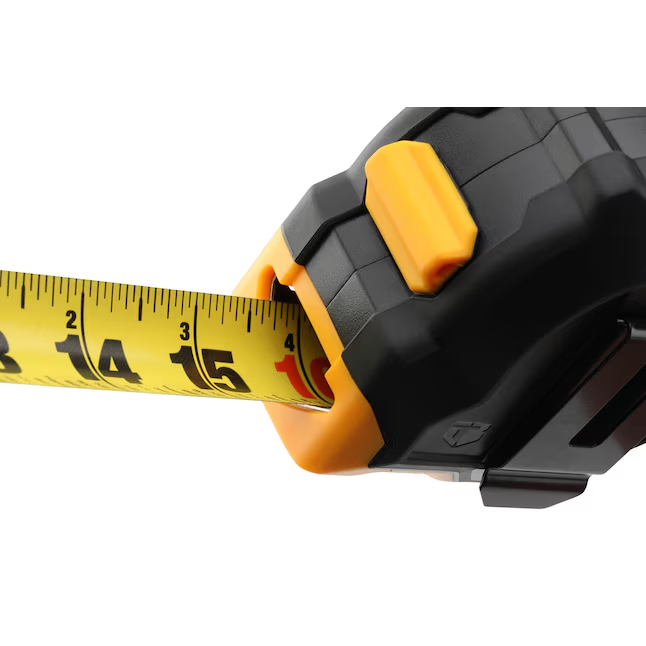 Advanced Techniques for Utilizing a Tape Measure
Advanced Techniques for Utilizing a Tape Measure
Once you’ve mastered the basics, you can employ advanced techniques to make the most of the 7/16 mark in your measuring tasks.
Combining Fractions for Complex Measurements
In some projects, you might need to combine multiple fractional measurements to achieve the desired result. For example, if a project requires 1 inch and 7/16 inches, simply add the two measurements together on your tape measure. This ability to seamlessly integrate fractions enhances your flexibility and precision in complex tasks.
Using the 7/16 Mark for Consistent Repetition
When working on projects that involve repeating measurements, such as laying out evenly spaced screws or nails, the 7/16 mark can help maintain consistency. Mark the 7/16 inch increment and use it as a reference point for subsequent measurements. This technique ensures uniform spacing and alignment throughout your project.
Translating Measurements Between Units
While the 7/16 inch mark is specific to the imperial system, being able to translate it into millimeters can be beneficial, especially in projects requiring metric precision. Knowing that 1 inch equals 25.4 millimeters, you can calculate that 7/16 inches is approximately 11.11 millimeters. This conversion is useful when working on international projects or when using tools that require metric inputs.
Precision Marking for Detailed Work
For tasks that demand high precision, such as engraving, inlay work, or fine woodworking, use the 7/16 mark to guide your markings. Carefully extend the tape measure to the exact 7/16 inch point and use a fine-tip marker or pencil to make precise marks. This attention to detail ensures that your workpieces align perfectly, resulting in superior craftsmanship.
Common Mistakes to Avoid When Using a Tape Measure
Even with the best intentions, certain common mistakes can compromise the accuracy of your measurements. Being aware of these pitfalls helps you maintain precision when using the 7/16 mark.
Misidentifying the Mark
One frequent error is misidentifying the 7/16 mark. Ensure that you are counting seven small lines past the last whole inch and not confusing it with other fractional marks. Taking the time to accurately locate the 7/16 mark prevents measurement errors that could impact your project.
Parallax Error
Parallax error occurs when the tape measure is viewed from an angle rather than directly overhead. This misalignment can distort the reading of the 7/16 mark. To avoid parallax error, hold the tape measure so that your line of sight is perpendicular to the scale, ensuring a clear and accurate reading.
Relying Solely on Memory
Attempting to memorize the position of the 7/16 mark without referring to the tape measure can lead to inaccuracies. Always check the tape measure directly to confirm the exact measurement. Relying on memory alone increases the risk of errors, especially in detailed or repetitive tasks.
Applying Force Excessively
Applying too much force when extending the tape measure can cause it to bend or warp, altering the position of the 7/16 mark. Use a gentle, steady hand to extend and retract the tape, maintaining its shape and ensuring that all markings remain accurate and readable.
Ignoring Tape Wear and Tear
Over time, tape measures can become worn, making the 7/16 mark less distinct. Ignoring signs of wear, such as faded markings or stretched tape, can lead to inaccurate measurements. Regularly inspect your tape measure and replace it if the 7/16 mark or other measurements are no longer clear.
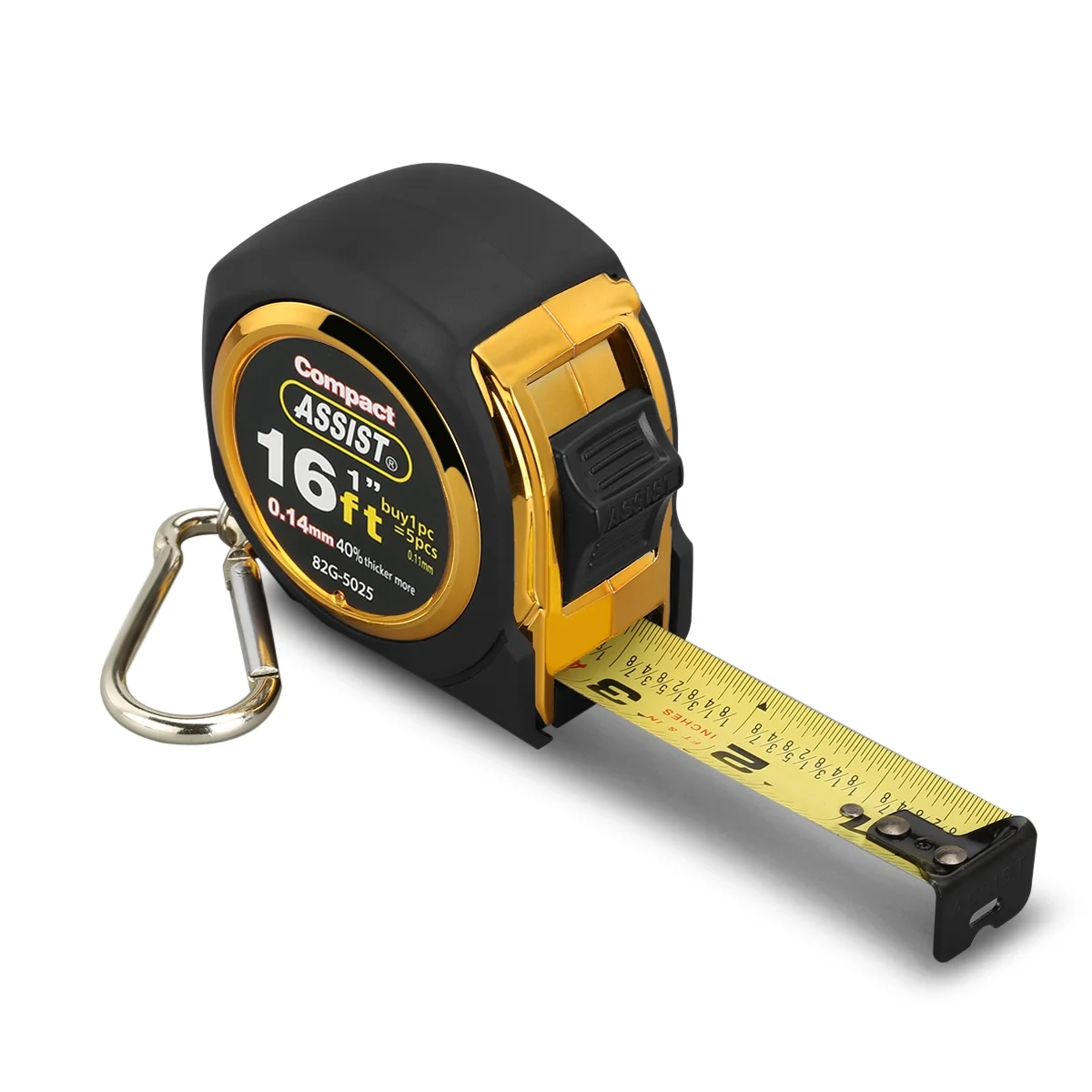 Choosing the Right Tape Measure for Accurate 7/16 Measurements
Choosing the Right Tape Measure for Accurate 7/16 Measurements
Selecting a high-quality tape measure is essential for ensuring that the 7/16 on a tape measure remains accurate and reliable. Here are some factors to consider when choosing the best tape measure for your needs.
Quality of Construction
Opt for tape measures made from durable materials, such as hardened steel or reinforced nylon tapes. A well-constructed tape measure can withstand regular use without stretching or bending, maintaining the accuracy of the 7/16 mark and other measurements over time.
Clear and Distinct Markings
Choose a tape measure with clear, prominently marked fractional inches. The 7/16 mark should be easily distinguishable from other fractions. High-contrast markings, such as dark numbers on a light background, enhance readability and reduce the risk of misidentifying measurements.
Length and Flexibility
The length of the tape measure should suit your typical measuring tasks. A 25-foot tape measure is versatile enough for most household and professional projects. Additionally, a flexible tape can bend around corners and irregular shapes, making it easier to measure objects accurately, including those requiring the 7/16 inch measurement.
Locking Mechanism
A reliable locking mechanism ensures that the tape measure stays in place once extended, preventing accidental retraction. This feature is particularly useful when measuring the 7/16 mark, as it allows you to take your time to read the measurement without the tape moving.
Ergonomic Design
An ergonomic design with a comfortable grip makes handling the tape measure easier and reduces fatigue during extended use. A non-slip grip ensures that you can maintain steady control, which is crucial for accurately reading the 7/16 mark and other measurements.
Enhancing Your Measuring Skills with the 7/16 on a Tape Measure
Improving your measuring skills involves more than just knowing where the 7/16 mark is. It requires practice, attention to detail, and a commitment to accuracy.
Practice with Everyday Objects
Start by using the 7/16 mark to measure everyday objects around your home or workspace. Measure the thickness of a book, the width of a table, or the length of a frame. Regular practice helps you become more familiar with the 7/16 inch measurement, enhancing your ability to read and use it accurately.
Incorporate 7/16 Measurements into Your Projects
Whenever possible, integrate the 7/16 mark into your ongoing projects. For example, when building shelves, use the 7/16 inch increment to mark screw placements or align brackets. This consistent use reinforces your understanding and application of the 7/16 measurement in practical scenarios.
Educational Resources and Tutorials
Seek out educational resources and tutorials that focus on precision measurement techniques. Online videos, instructional guides, and workshops can provide valuable insights and tips on effectively using the 7/16 on a tape measure. Learning from experts can accelerate your proficiency and help you avoid common mistakes.
Join Communities and Forums
Participate in communities and forums related to your field of interest, whether it’s woodworking, construction, or crafting. Engaging with others allows you to share experiences, ask questions, and gain feedback on your measuring techniques. These interactions can provide new perspectives and strategies for using the 7/16 mark effectively.
Track Your Progress
Keep a record of your measurements and projects to monitor your progress. Documenting your use of the 7/16 mark in various applications helps you identify areas for improvement and celebrate your advancements. Reflecting on your experiences reinforces your skills and builds confidence in your measuring abilities.
The Science Behind a Tape Measure
Understanding the scientific principles behind the 7/16 inch measurement can deepen your appreciation for its role in precise tasks.
Fractional Inch System
The imperial system divides each inch into smaller fractions to provide a range of measurements. The 7/16 inch fraction is part of this system, allowing for incremental precision between whole inches. This fractional division is crucial for tasks that require measurements finer than a quarter or half inch, offering a balance between simplicity and accuracy.
Material Expansion and Contraction
Temperature and humidity can affect the materials being measured and the tape measure itself. The 7/16 on a tape measure remains a constant reference point, allowing you to account for any expansion or contraction of materials during your projects. Understanding how environmental factors impact measurements ensures more reliable and durable outcomes.
Mechanical Precision
The design and manufacturing of tape measures involve high levels of mechanical precision. The 7/16 mark, like other measurements on the tape, is meticulously calibrated to ensure accuracy. Advances in manufacturing technology have made modern tape measures highly reliable tools for precise measurement tasks.
Human Perception and Error
Human perception plays a significant role in reading measurements. The 7/16 mark requires careful attention to detail to avoid misinterpretation. Understanding the potential for human error encourages the development of better measuring habits and techniques, enhancing overall accuracy in projects.
 Innovations Enhancing the Use of a Tape Measure
Innovations Enhancing the Use of a Tape Measure
Technological advancements continue to improve the functionality and accuracy of tape measures, including the use of the 7/16 mark.
Digital Tape Measures
Digital tape measures offer precise digital readings of measurements, including fractional inches like 7/16. These tools eliminate the need to manually interpret tape marks, reducing the risk of errors and increasing measurement efficiency. Digital displays provide clear, easy-to-read measurements at the push of a button.
Laser Tape Measures
Laser tape measures use laser technology to provide accurate distance measurements without the need for a physical tape. These devices can quickly measure complex angles and distances, including the 7/16 inch requirement, with high precision. Laser tape measures are particularly useful in large-scale projects where traditional tape measures may be cumbersome.
Smart Tape Measures
Smart tape measures integrate with smartphones and other digital devices, allowing for real-time data collection and analysis. These advanced tools can automatically record measurements, perform calculations, and store data for future reference. The incorporation of the 7/16 mark into smart tape measures enhances their precision and usability in technical applications.
Enhanced Materials and Durability
New materials and manufacturing techniques have made tape measures more durable and resistant to wear and tear. Reinforced tapes and corrosion-resistant coatings ensure that the 7/16 mark remains clear and accurate even under harsh conditions. Improved durability extends the lifespan of tape measures, maintaining their reliability over time.
Conclusion
Mastering the 7/16 on a tape measure is essential for anyone seeking precision in their measurements and projects. Whether you’re involved in woodworking, construction, sewing, or DIY tasks, understanding and effectively using the 7/16 inch mark enhances your ability to achieve accurate and reliable results. By selecting the right tape measure, practicing diligent measurement techniques, and avoiding common mistakes, you can ensure that the 7/16 measurement becomes a valuable tool in your measuring arsenal. As technology continues to advance, the integration of the 7/16 mark with innovative measuring tools will further empower you to pursue excellence in all your projects. Embrace the importance of the 7/16 on a tape measure today, and elevate your measuring precision to new heights.
